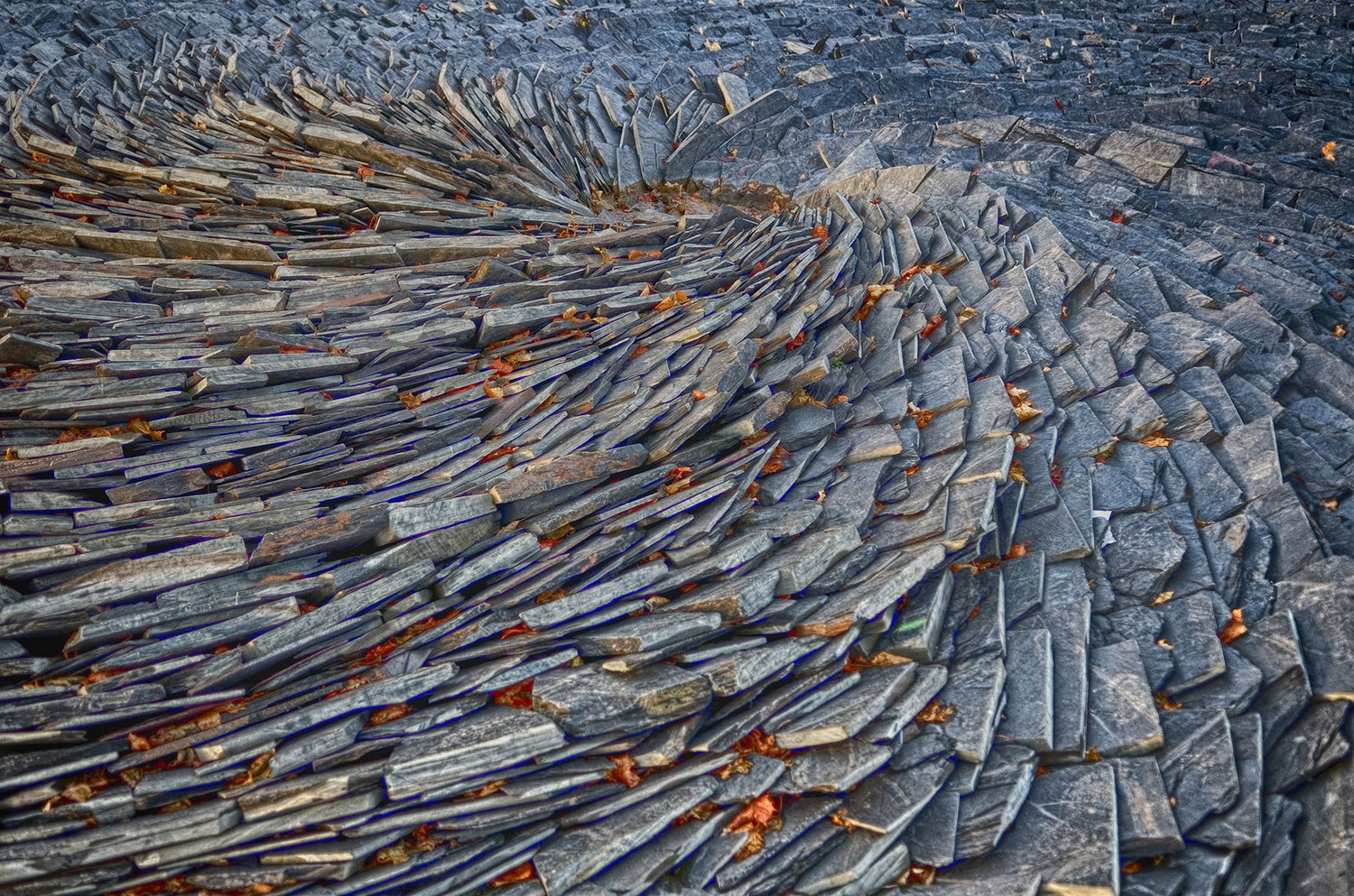Firstly what type of rock is it? Schist is a catch-all term used to describe a group of metamorphic rocks classified according to the structure. Metamorphic means that the rocks have changed under the influence of heat or pressure. In the case of schist, the metamorphosis has usually affected mudstones or shales, and has formed them into layers. forming plate-like minerals that can then fracture in one plane. Slate is a form of schist that easily fractures in one direction into sheets. Some schists can be broken apart like with your hands.
Where to find schist
The Douro Valley in Portugal, Priorat in Spain, Central Otago and Germany’s Mosel and Ahr Valleys are famous for their schist soils. In South Africa’s Swartland region, one producer – Mullineux – has even released a Syrah called Schist, named after the soil type these vines are grown in. It’s one of the most dramatic vineyard soils, too: when you see the various types of schist in Priorat, you wonder how anything can grow in it.

There are three advantages of schist as a vineyard soil. First, it is free draining. Vines don’t like having their feet wet. Second, it is low fertility, which means that the vine has low vigour and doesn’t produce lots of shoots and leaves, instead focusing on fruit production. Third, it fractures easily, and in a vertical plane as well as horizontally. This means that vine roots can penetrate and grow deep to where water reserves might be hiding, which is handy in arid climates like Priorat and the Douro Valley.
Schist decomposes in time, and it is the decomposed schist that acts as the vineyard soil, making it possible to grow vines in this otherwise rocky and inhospitable environment.
The influence of Schist
Schist gives wines a richness. There’s often a silky texture to them – a luxurious taste – with a broad mid-palate. They can be quite fleshy.
Good examples of wine on schist? Priorat has both schistous soils (licorella) and grape varieties that are good at interpreting them, namely Garnacha, Garnacha Peluda (Hairy Grenache!) and Cariñena. Two producers that stand out are Terroir al Limit and Nin Ortiz. The winemaking of both is sympathetic and allows the place to shine. Terroir al Limit have moved to 100% whole bunch, 100% concrete and a low-extraction infusion approach that results is exquisitely elegant wines. Nin Ortiz wines have a bit more weight and show off the impact of schist on the fruit in a really lovely way.
The Mosel is dominated by schist, although there are other soil types. Clemens Busch is a producer whose wines show schist influence to good effect, and he labels his single vineyard wines depending on the soils where they grow. Vom Grauen Schiefer (from grey slate) and Vom Roten Schiefer (from red slate). Most of his vines are in Marienburg, which is grey slate, but he also has some blue slate (Farhlay) and red slate (Rothenpfad) sites.

